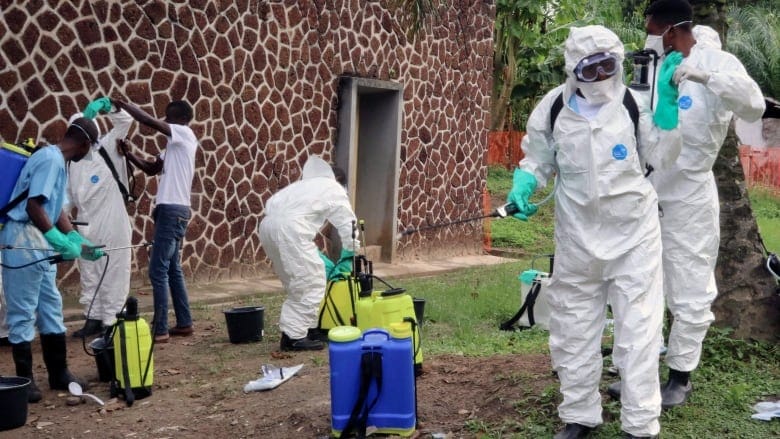Health authorities and scientific experts are expressing increasing concern over the detection of a new strain of avian influenza in dairy cattle within Nevada. This development highlights the potential for significant complications in efforts to contain and mitigate the virus. Known as H5N1, this highly pathogenic avian influenza variant has been a persistent threat to poultry and wild bird populations globally. The recent discovery in dairy herds marks an alarming escalation in the virus’s adaptability and scope.
This specific strain, referred to as D1.1, is different from the genotype B3.13 that gained attention for its spread among birds and limited human infections in the past few years. The United States Department of Agriculture (USDA) confirmed the presence of D1.1 in multiple Nevada dairy herds following rigorous testing. Experts have linked the introduction of the virus into cattle populations to interactions with wild birds already harboring the disease.
The Path of Spillover
The process of “spillover,” where a virus crosses from one species to another, is not new in the study of zoonotic diseases. However, its occurrence often signifies the need for heightened vigilance due to unpredictable effects. Most cases of avian influenza within the U.S. have followed a pattern of transmission from wild birds to domesticated poultry. The leap into mammalian species such as dairy cattle creates additional layers of concern.
At this time, the H5N1 infections in cattle do not appear to be widespread, but the detection in Nevada suggests a potential foothold. According to the USDA, the scale of infection in these herds is limited to six known dairies, but experts caution that this is likely an underestimate of the virus’s current reach.
Impact on Agriculture
The findings could have far-reaching implications for the agricultural sector, particularly dairy producers. While poultry farming has borne much of the brunt of avian influenza outbreaks to date, the emergence of this virus in cattle further complicates the picture. Dairy cattle are a critical component of the U.S. food chain, and any significant disruptions could have downstream effects on milk production, processing, and supply. Epidemiological teams are working to study how the virus behaves in cattle and whether it impacts milk criteria for human consumption.
Efforts are already underway to contain the outbreaks, with state and federal agencies coordinating quarantine and eradication measures. However, the transmission mechanisms at play—likely involving migratory birds as carriers—pose a challenge for traditional control methods.
Health Ramifications
Human health risks related to these recent infections are low but not negligible. Historically, the H5N1 strain has been largely avian-centric but has shown the capability of infecting mammals, including humans, in rare instances. Between 2020 and 2024, researchers noted approximately 67 human infections in the U.S., with one fatality traced to direct exposure to infected poultry.
As part of the response, the Centers for Disease Control and Prevention (CDC) is expanding its surveillance efforts to monitor potential human cases in the affected regions. They have advised individuals working in close proximity to dairy herds to adopt enhanced biosecurity and personal protective steps to reduce the risk of zoonotic transmission.
Experts also highlight the risk of further mutations to the virus. Given the right conditions, H5N1 could adapt to new hosts or transmission methods, necessitating a more vigorous global response. International organizations such as the World Health Organization (WHO) have issued guidelines urging countries to increase their vigilance around animal-to-human infectious diseases.
A Growing Challenge
Experts believe that the containment of bird flu in the United States faces significant challenges, particularly as new variants emerge that may evade existing defenses. These developments underscore the importance of continuing research to better understand the virus’s mutations and interactions with other species.
The situation in Nevada serves as a critical reminder: pandemics are not confined to human populations. Animal health plays an equally important role in the broader understanding of infectious diseases. Breakthroughs in veterinary research, preventive measures, and vaccine development remain essential to addressing these outbreaks effectively.



